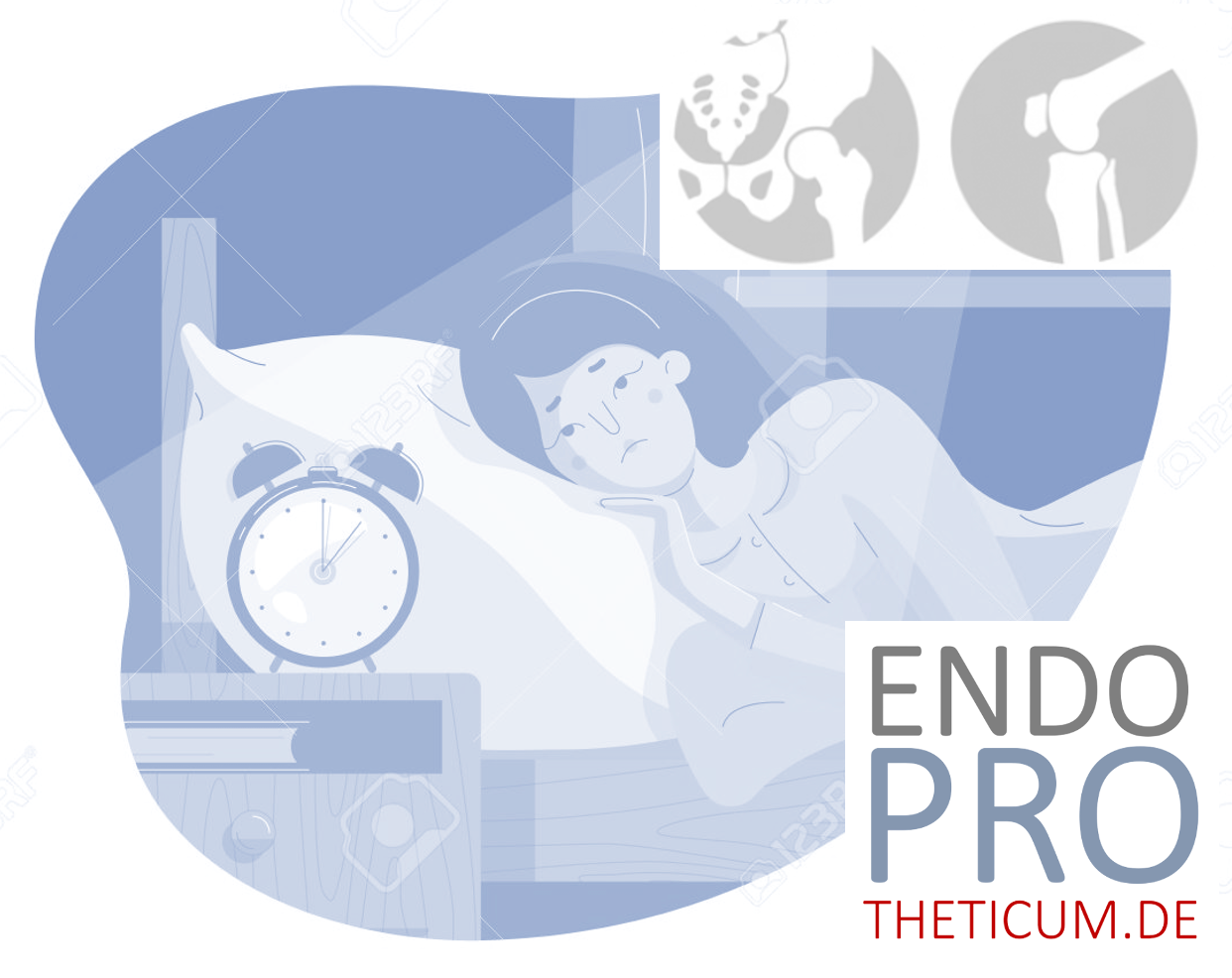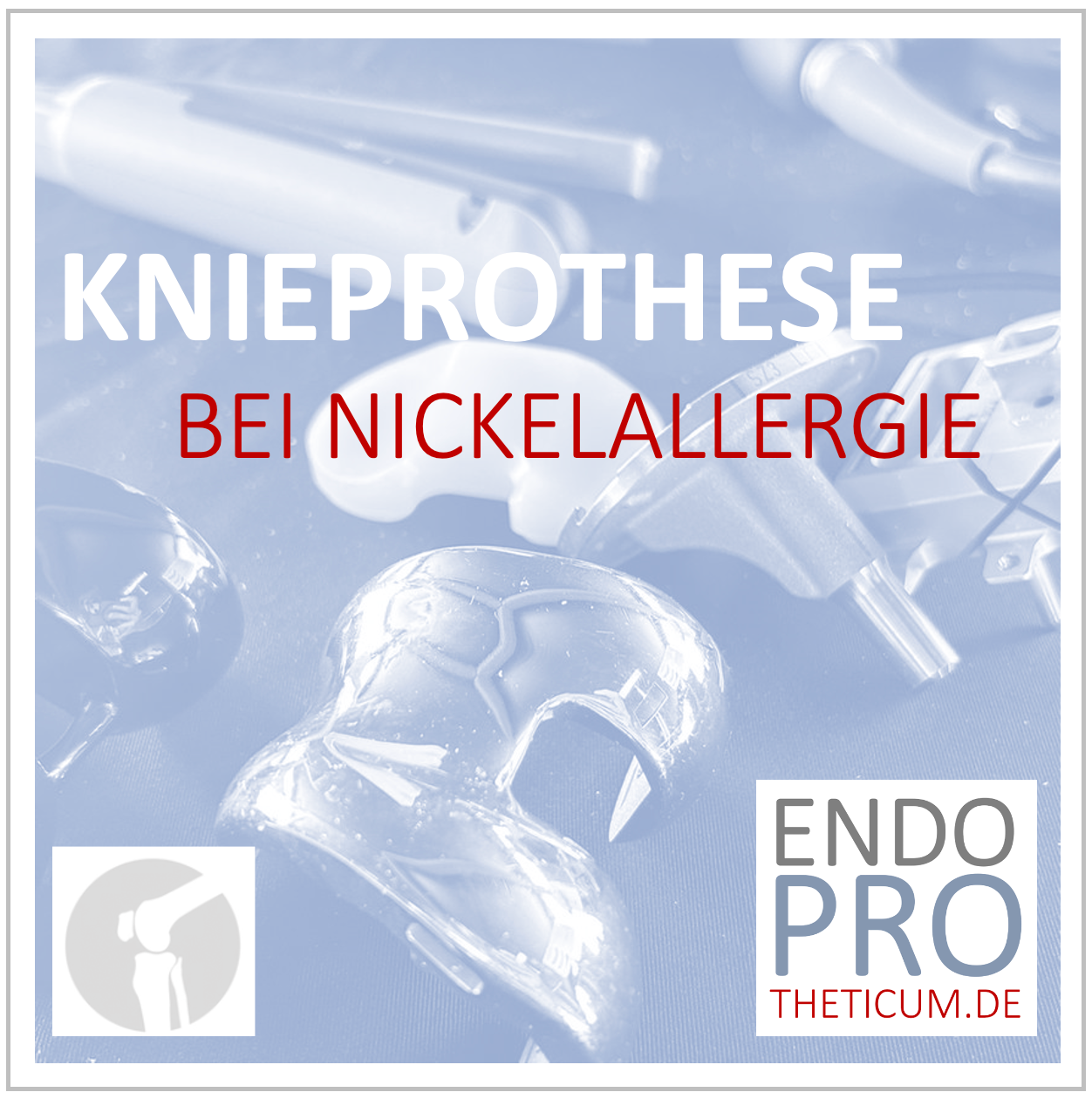Hip prosthesis for femoral neck fracture: which one is right for you?
Femoral neck fracture: always cemented or even a short-shaft prosthesis?

The femoral neck fracture is one of the most common fractures in the elderly and represents a significant challenge for orthopedic surgery. This type of fracture affects the area of the femur located directly below the hip joint and often requires surgical intervention. This article explains in detail the different types of hip replacements for femoral neck fractures, including their advantages and disadvantages. Particular attention is paid to the short-shaft prosthesis, which has gained popularity in recent years. The aim is to offer patients an informed decision-making aid that helps them choose the appropriate prosthesis.
What is a femoral neck fracture?
A femoral neck fracture is a break in the femoral neck, the part of the thigh bone that extends into the hip joint. This injury often occurs in older people, especially postmenopausal women, due to reduced bone density (osteoporosis).
causes
- Falls: The most common cause of a femoral neck fracture is a fall.
- Accidents: Traffic accidents or other serious accidents can also lead to a fracture of the femoral neck.
- Osteoporosis: Decreased bone density increases the risk of fractures with minimal trauma.
Symptoms
- Pain: Severe pain in the hip or groin.
- Movement restrictions: Difficulty moving or lifting the leg.
- Inability to walk: In most cases, walking is impossible.
Treatment options for femoral neck fractures
Treatment for a femoral neck fracture can be conservative or surgical, with surgical treatment being the most commonly chosen option.
Conservative treatment
- Bedrest: Immobilization in bed, which is associated with considerable risks such as thrombosis and pneumonia.
- Attempting full weight bearing on compressed fractures
- Physiotherapy: To maintain muscle strength and mobility.
Surgical treatment
Surgical treatment includes different types of hip replacements, which are selected depending on the patient's age, activity level and bone health.
Types of hip prostheses for femoral neck fractures
There are several types of hip replacements that can be used for a femoral neck fracture. Choosing the right prosthesis depends on various factors, including the patient's age, their activity level and the quality of the bone.
Cemented prostheses
Advantages
- Stability: Provides immediate stability, which is particularly beneficial in older patients.
- Cost: Typically less expensive than uncemented dentures.
Disadvantages
- Loosening: May become loose over time.
- Difficult Revision: Removal and replacement of a cemented prosthesis can be more complicated.
Uncemented prostheses
Advantages
- Longer durability: Less risk of loosening compared to cemented prostheses.
- Easier Revision: Easier to replace than cemented dentures.
Disadvantages
- Cost: Typically more expensive than cemented dentures.
- Healing: Requires longer time to heal and initial stability may be less.
Hybrid prostheses
These combine a cemented stem with a non-cemented cup to take advantage of the benefits of both systems.
Advantages
- Stability and Durability: Provides the instant stability of a cemented stem and the durability of a non-cemented socket.
Disadvantages
- Complexity: May increase the complexity and cost of the operation.
Short-shaft prostheses for femoral neck fractures
The short-stem prosthesis is a recent development in arthroplasty and offers some unique advantages, particularly for younger and more active patients.
Advantages of the short stem prosthesis
- Bone preservation: Less bone is removed, making future revisions easier.
- Anatomical: Better adapted to the natural anatomy of the femur.
- Less Trauma: Minimizes surgical trauma and allows for faster recovery.
Disadvantages of the short-stem prosthesis
- Surgeon Experience: Requires an experienced surgeon to achieve optimal results.
- Long-term data: Long-term studies are still limited, although early results are promising.
Indications for short-stem prostheses
- Younger patients: Particularly suitable for younger, active patients.
- Good bone health: Patients with good bone quality benefit the most.
Decision support for patients
The decision for the right hip prosthesis can be complex and should be made in close collaboration with an experienced orthopedic surgeon. Here are some considerations:
Questions to ask your surgeon
- Which prosthesis do you recommend for my situation and why?
- How long does recovery take?
- What risks and complications are associated with the chosen prosthesis?
- How many such operations have you already performed?
Personal considerations
- Lifestyle: Consider your lifestyle and activity levels.
- Health status: Your general health and bone density play an important role.
- Future plans: Think about future revisions and how easily they can be accomplished.
Conclusion
Choosing the right hip prosthesis for a femoral neck fracture is crucial to the patient's long-term mobility and quality of life. Short-stem prostheses offer many advantages, particularly for younger and more active patients, but require an experienced surgeon and careful planning. A thorough discussion with your orthopedist and a comprehensive assessment of your individual needs will help you make the best possible decision.
MAKE AN APPOINTMENT?
You are welcome to make an appointment either by phone or online .



























